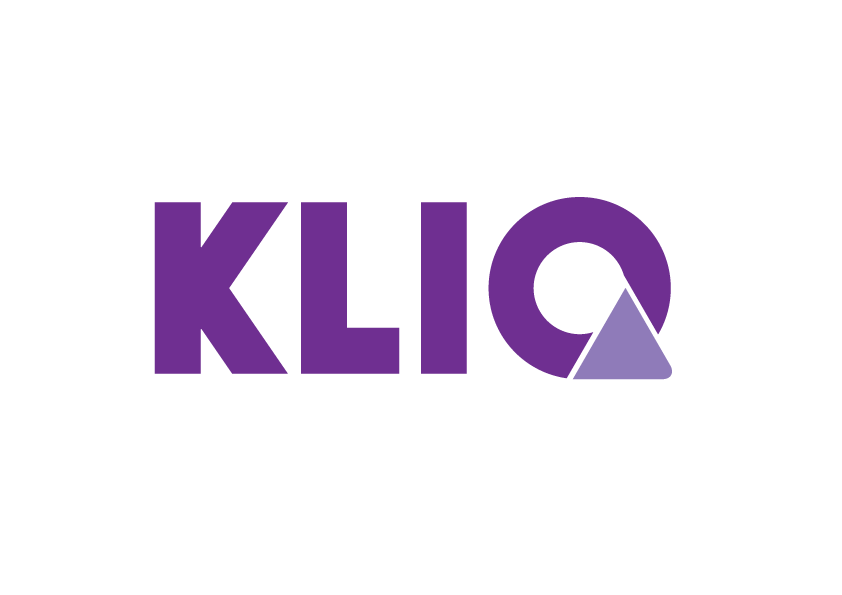Framing
What is the impact of framing, in which ways can you frame a message?
Be aware of how..
- How you introduce a topic
- How you present a topic
Each student has their own world view and opinions. If their view on LGBTI-people is negative, and you start your discussion with a negative framing on the topic, you cement their already negative view. Instead, it is better to frame so-called diversity topics from a neutral or positive perspective. This way, you avoid a discussion that will spiral into negative and you avoid that a possible negative view will be cemented. On the other hand, you do not have to avoid a controversial topics. The class room is a place for learning. It is okay if there are different opinions, however, you want to avoid polarization.
So how do you frame a message in a positive way? There are a lot of resources from LGBTI-kids who share their stories in a positive way. You can use those resources, like YouTube videos for example, in your classes. Or you can use news articles that discuss LGBTI-topics in a positive way. It is important to create a perspective where positivity is the norm and negativity is the exception. If you start positively, the response you receive from your students will likely be positive as well!
You might wonder, is it not okay to point out problems? It is! Make sure however, that you connect this to other topics as well.
For example, you can start with violence and point out cases of violence against different people. Ask the question: Do you think violence against someone based on the color of the skin is worse than violence against someone based on their sexual orientation? Both examples are cases of identity-based-bullying. This way, you cement the idea that violence is never okay.
So you can definitely point out problems of difficulty aspects, but make sure it is related to the reality of your students.
